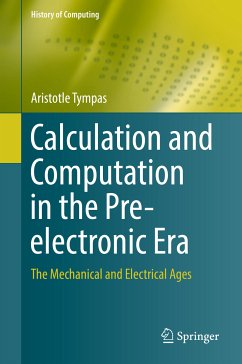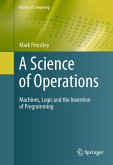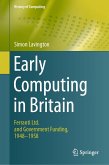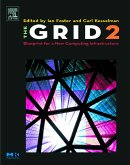This unique volume introduces the history of computing during the "first" (steam) and "second" (electricity) segments of the Industrial Revolution, revealing how this history was pivotal to the emergence of electronic computing and what many historians see as signifying a shift to a post-industrial society. It delves into critical developments before the electronic era, focusing on those of the mechanical era (from the emergence of the steam engine to that of the electric power network) and the electrical era (from the emergence of the electric power network to that of electronic computing). In so doing, it provides due attention to the demarcations between-and associated classifications of-artifacts for calculation during these respective eras. In turn, it emphasizes the history of comparisons between these artifacts.
Topics and Features:
- motivates exposition through a firm historiographical argument of important developments
- explores the history of the slide rule and its use in the context of electrification examines the roles of analyzers, graphs, and a whole range of computing artifacts hitherto placed under the allegedly inferior class of analog computers
- shows how the analog and the digital are really inseparable, with perceptions thereof depending on either a full or a restricted view of the computing process
- investigates socially situated comparisons of computing history, including the effects of a political economy of computing (one that takes into account cost and ownership of computing artifacts)
- assesses concealment of analog-machine labor through encasement ("black-boxing")
Dieser Download kann aus rechtlichen Gründen nur mit Rechnungsadresse in A, B, BG, CY, CZ, D, DK, EW, E, FIN, F, GR, HR, H, IRL, I, LT, L, LR, M, NL, PL, P, R, S, SLO, SK ausgeliefert werden.









